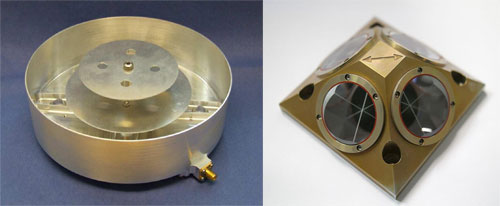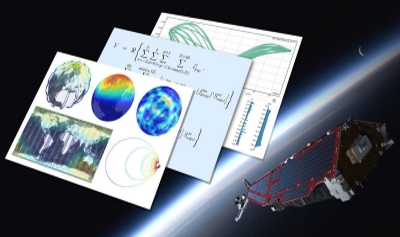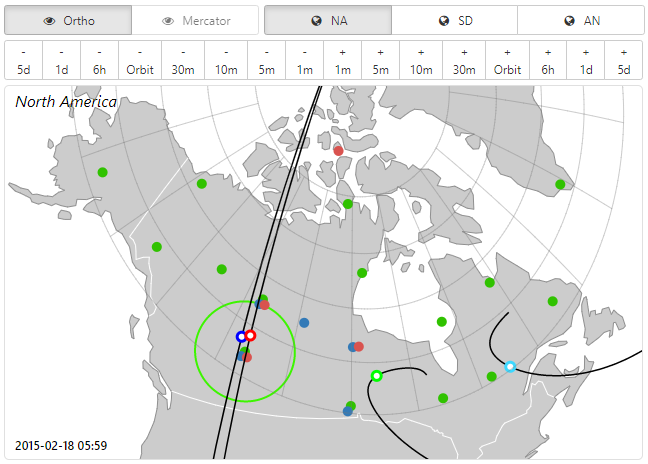GPSR and LRR (Swarm)
About GPSR and LRR

Precise orbit determination relies on the data from GPS receivers (GPSR), which were developed by RUAG Space in Austria. Each Swarm satellite is also equipped with a Laser Retro-Reflector (LRR). The LRR is a passive payload that features four prisms to reflect short laser pulses back to the transmitting ground station.
Data Description
The Swarm mission delivers Level 1b and Level 2 data products. Data products are available from individual satellites on a daily basis or from the full constellation.
The data is freely available to everyone.
Swarm data products are also available by the thematic areas the mission supports:
- Swarm Core products
- Swarm Geodesy/Gravity products
- Swarm Ionosphere/Magnetosphere products
- Swarm Lithosphere products
- Swarm Mantle products
- Swarm Oceans products
- Swarm Space Weather products
- Swarm Thermosphere products
Learn more about the Swarm products in the Swarm Product Data Handbook. The handbook provides a detailed description of the products. It is a useful reference to support the use of Swarm products for further processing or applications.
Data Tools

find out more

find out more

find out more

find out more
GPSR and LRR Quality Control Reports
Swarm Quality Control Reports are produced on a weekly basis and and cover the quality and the data acquired by the three Swarm satellites and the products produced from this data.